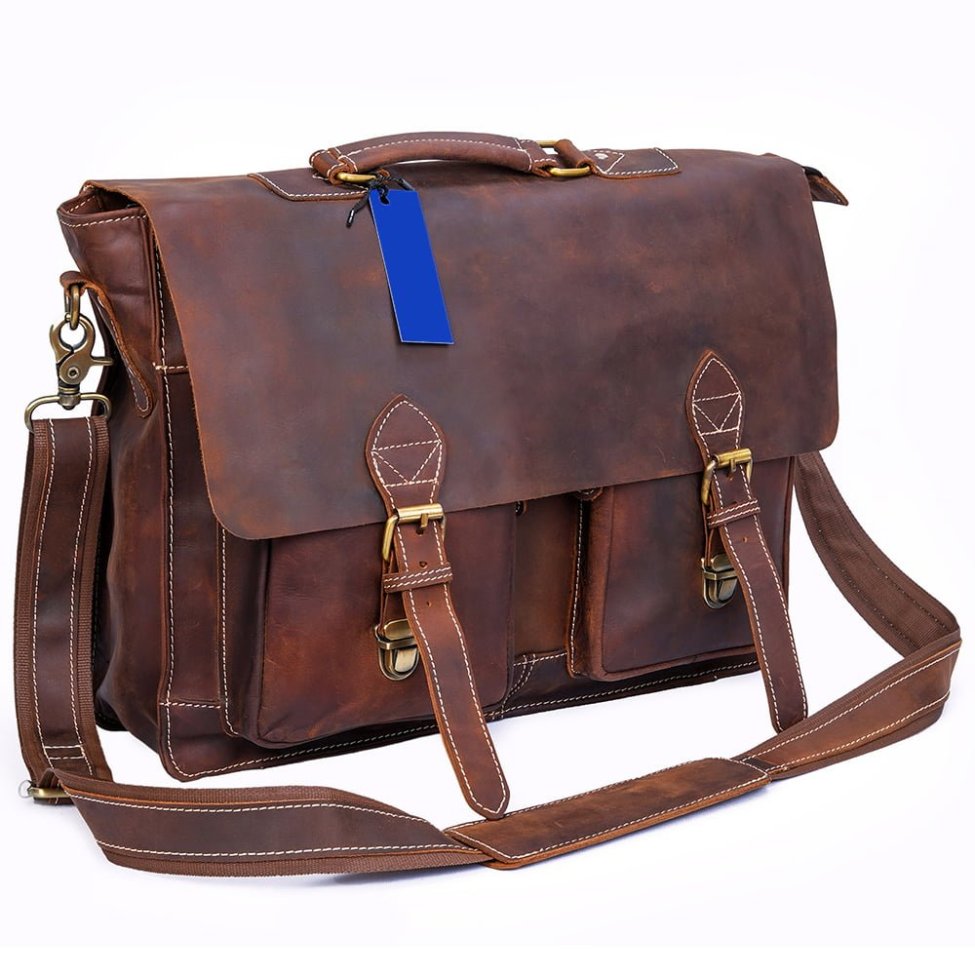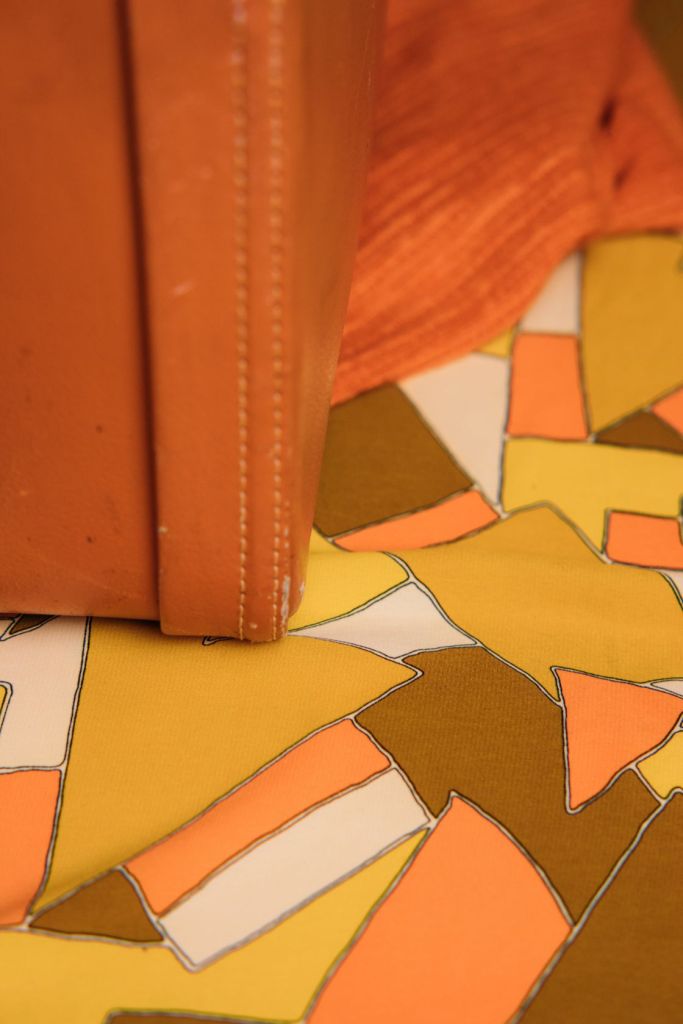Leather is a product that has been used for thousands of years. It’s made from the hides and skins of cattle, deer, sheep, goats, or pigs.
Leather can be processed and reformed into many products, including purses, jackets, and shoes.
The process of transforming animal skin into leather is called tanning.
Various types of tanning techniques use different materials to create the perfect finish on the leather material.
In this article, we will explore 10 popular types of leather tanning methods: acid tannage, vegetable-tanned leather, chrome-tanned leather, alum tawing (whole-hides), retaining (partial hides), brain-tanning (soft-leather), and milk-tanning, oil-tanned leather, waxed-corduroy, and snow-leather.
Table of Contents
10 Types of Leather Tanning
1. Acid tannage
This type of tanning uses acids such as chromic, sulphuric, or hydrochloric acid to convert the collagen in the animal skin into gelatin.
The hides are then treated with a tannin solution which helps to stabilize the leather and gives it a light brown color.
2. Vegetable-tanned leather
Vegetable tanning is an ancient process that uses plant extracts such as tannins from oak bark, chestnut bark, or quebracho wood to convert collagen into gelatin.
The hides are immersed in vats of tannin solution and left to soak for days or weeks. This type of leather is usually used for making handbags, wallets, belts, and shoes.

3. Chrome-tanned leather
Chrome tanning is the most popular type and accounts for around 80% of all leather produced.
The hides are treated with chromium sulfate, which converts the collagen into gelatin and hardens the leather. This type of leather is usually used for making jackets, coats, and upholstery.
4. Alum tawing
Alum tawing is a traditional method that uses alum (potassium aluminum sulfate) to stabilize the hide and give it a white color.
The hides are soaked in an alum solution and then rinsed in water. This type of leather is usually used for making bookbinding, saddles, and harnesses.
5. Retaining
Retaining is a process used to improve the appearance and texture of partially tanned hides.
The hides are treated with various solutions, including oils, waxes, and dyes, to achieve the desired finish.
6. Brain-tanning
Brain tanning is a traditional method that uses animal brains to convert the collagen into gelatin.
The hides are soaked in a brain solution and then left to dry. This type of leather is usually used for making gloves, moccasins, and other soft-leather products.
7. Milk-tanning
Milk tanning is a traditional process that uses the casein in milk to transform collagen into gelatin.
The hides are soaked in a milk solution, then dried up and finished with different oils or waxes. This type of leather is usually used for making shoes, belts, and saddles.
8. Oil-tanned leather

Oil tanning uses natural plant oils to produce a soft, suede-like finish on the hide.
The hides are treated with oil solutions several times over an extended period before being left to dry out slowly.
Must Read: Why Do We Use Leather?
9. Waxed corduroy
This type of leather tanning uses an imitation method that gives it its characteristic waxy feel and looks while preserving its softness.
The hides are first softened by treating them with a wax solution and then passed through a set of rollers that press the wax into the surface of the leather.
10. Snow-leather
Snow leather is a type of leather that is made from the skin of deer, elk, or moose.
The skins are first treated with a salt solution to help preserve them and then tanned using a mixture of oils and waxes. This leather type is usually used to make coats, gloves, and hats.
Final Words
Leather tanning is an ancient process that has evolved. The different types of leather tannings available today are used for specific purposes, such as making saddles or bookbinding.
If you’re looking to buy a certain type of leather product and don’t know what kind to choose, browse through the list above to find your ideal match.